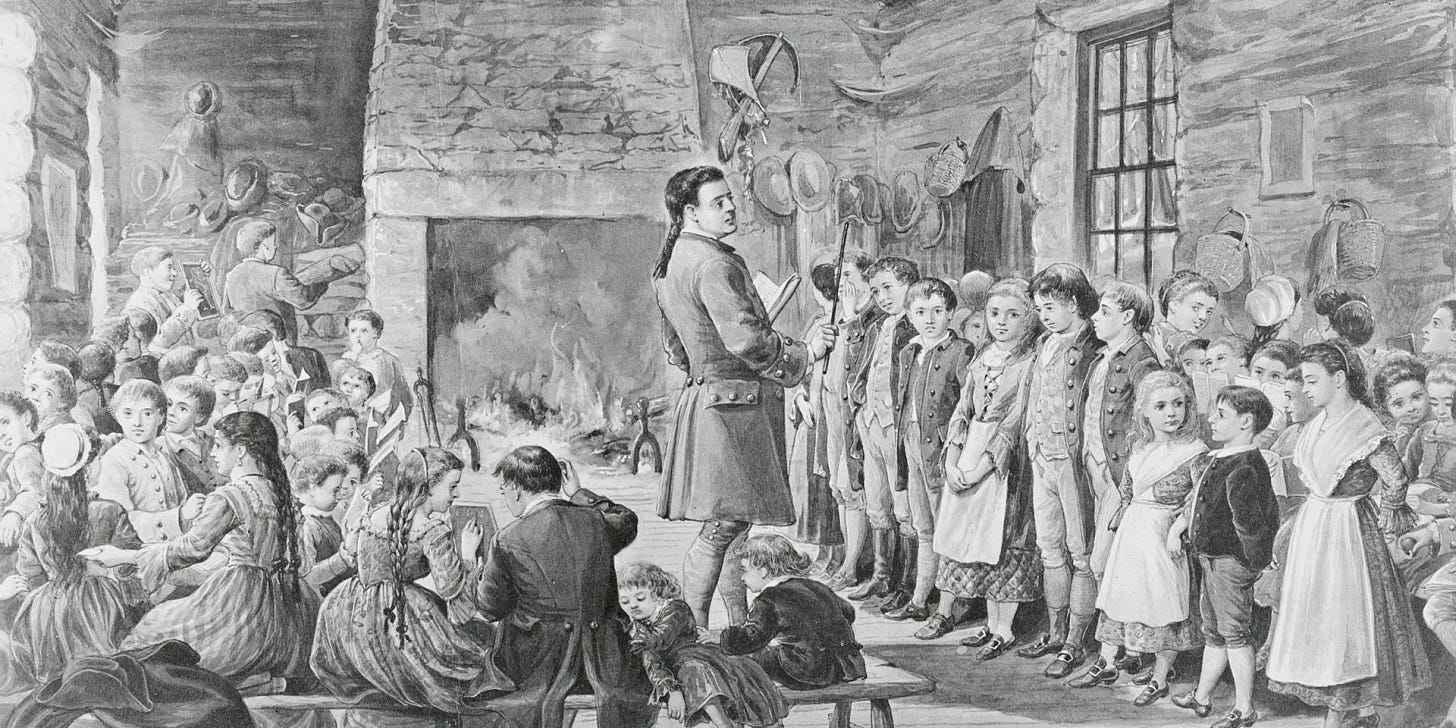The Church Has Always Been in the Literacy Business
In the ninth century there lived two brothers named Cyril and Methodius. These were devout Christian men, full of faith and given the gift of education.
They were born in Thessalonica, which today is in Northern Greece. They became monks and scholars, dedicating themselves to the work of the church. In time, they were revered for their minds and were appointed as educators in many disciplines including theology and philosophy.
In those days, to the north of Greece, the lands were populated with illiterate tribes in the areas today known as the Balkans and Eastern Europe. These brothers in many ways were the best the early church had to offer. Already accomplished and well regarded, they took their passion, their innovation, and their intellects and became missionaries to these “uneducated” lands to the North.
And what did they do? They did what the people of God always seem to do. They listened to these foreign people.
They learned their languages.
They did the long, difficult work of creating an alphabet to capture the unique sounds and syntax of their new home. Responding to all they heard and learned, they wrote the Glagolitic alphabet, which became the written form of the Old Slavonic language, which was first used to translate the Bible into that local tongue so all could read it.
Today, that alphabet is called Cyrillic and it is used in fifty languages, the bond of cultures and the script of schools.
They made it possible for nations and generations to read.
These missionaries, Cyril and Methodius, were the literacy fathers of nations and thustoday are patron saints of Europe.
This short story is but one of thousands from the history of the Christian church.
One would be hard pressed to find a force more passionate and impactful upon the creation, promotion, and proliferation of READING than the Christian church.
Just think about it.
This movement, called the Church, began in schools called synagogues, arranged around the reading from the scrolls and later, the letters of the apostles.
Fueled by the incarnational example of the Word, the Church immediately transitioned their ministry from Aramaic to the common-tongue Greek, then it was taken to all the known world and contextualized into each language.
The Church became the keeper of libraries. The desert mothers and fathers were the teachers of the first centuries. Through the Middle Ages, monasteries housed the schools and the scholars.
In the fifteenth century, Guttenberg invented the printing press partially in response to the need for Bibles and religious materials. The proliferation of the printed word accelerated the Reformation and led to a revival of literacy.
Missionaries, like Cyril and Methodius, continued this sacred work time and again into forgotten lands. In more recent times, one Christian organization, called Wycliffe Bible Translators, exists to !develop alphabets, help preliterate people learn to read and write . . .by developing written languages, the organization is helping to save lost and dying languages.” They have been involved in language creation and translation in 2,500 languages where they have then provided the Bible and ongoing literacy programs.
In American history, almost every small town began with a church that also served as a school at its center. Within the “parish model” of churches, even in big cities, every neighborhood had a parish church which was responsible for a parish school, schools that existed to serve EVERY child within the parish. Many of these schools are still in service today.
Most of the great American universities began as Christian missions and many still have a chapel at the center of their campuses.
Sunday school was initially created as the only place for impoverished people to learn to read.
I have been asked time and again, “Why should the church get involved in the literacy business?”
I ask you, “When did the church STOP being THE LEADER of the literacy business?”
Let’s lead again.







